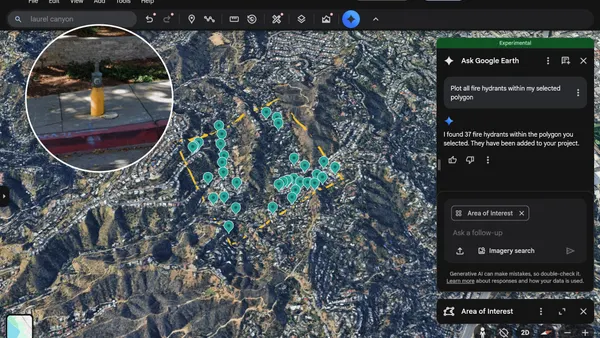Dive Brief:
- The London Office of Technology and Innovation (LOTI) has released a new toolkit and online dashboard developed with the consulting service Bloomberg Associates that will help the city’s 32 boroughs align and coordinate technology contracts and tools.
- The "City Tools: London" dashboard showcases 809 IT systems and their contracts used across all the borough governments, as well as skill levels for peer training opportunities. Under London's government structure, each borough is responsible for its own contracts and municipal services, making it difficult to coordinate city-wide.
- By making technology contracts and skills more transparent, boroughs can learn from each other and find opportunities to collaborate. Borough governments will also be able to align contracts and leverage collective bargaining power.
Dive Insight:
The "City Tools: London" dashboard is based on a similar initiative developed by Bloomberg Associates for its client cities around the world. Todd Asher, deputy principal at Bloomberg Associate, told Smart Cities Dive the global toolkit has helped cities compare themselves against each other and see what similar governments are doing and who they work with. London's unusual government structure, he said, made it a good fit for a smaller version that can help "share and scale good governance."
"All London boroughs care deeply about providing amazing services for their residents. To do that, they need to have great technology and strong relationships with the best suppliers," LOTI Director Eddie Copeland said in a statement. Copeland's office will be in charge of updating the dashboard, to ensure consistency.
Simply staying on top of emerging technology and skills can be a challenge for some governments as they try to become "smart cities." Tools like Marketplace.city have emerged to help governments evaluate what technology is available and see who else is using it. The City Tools program will also make contract information open, so borough governments can compare costs and potentially align their spending to make more efficient purchases.
Asher said a similar approach could be used in the U.S. between city, county and state governments, which operate separately but still can align on technology and skills. "As we see more governments come together regionally, this could be an interesting exercise for more governments," he said.








